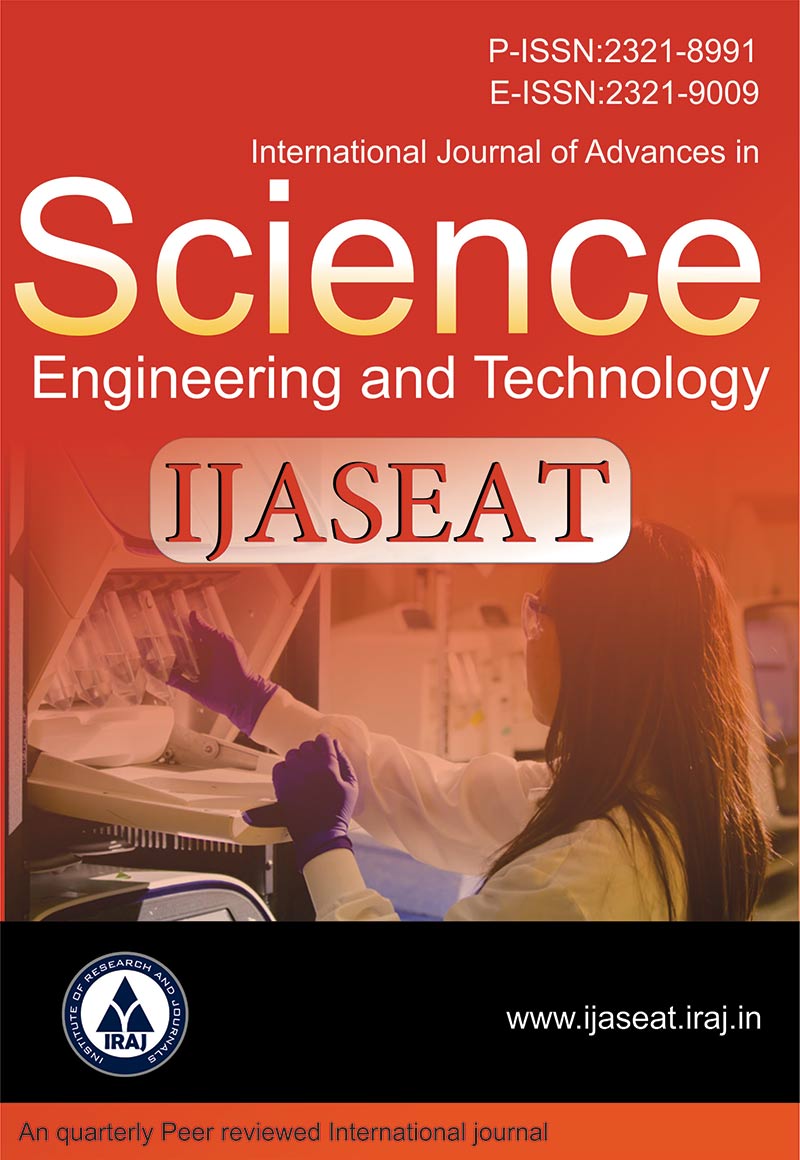Publish In |
International Journal of Advances in Science, Engineering and Technology(IJASEAT)-IJASEAT |
 Journal Home Volume Issue |
||||||||
Issue |
Volume-8,Issue-1 ( Jan, 2020 ) | |||||||||
Paper Title |
Application of Chlorine Dioxide (ClO2) in Controlling Biofilm Growth Over Heat Exchangers: Theoretical & Experimental Approach | |||||||||
Author Name |
Apoorv Lal, Apoorva Gupta, Smita Raghuvanshi | |||||||||
Affilition |
Department of Chemical Engineering Birla Institute of Technology and Science (BITS), BITS-Pilani, (Pilani Campus), Rajasthan, India Associate Professor, Department of Chemical Engineering, BITS-Pilani, Pilani Campus, 333031, (Rajasthan), India | |||||||||
Pages |
71-75 | |||||||||
Abstract |
Biofilm refers to an association of microorganisms in which microbial cells adhere to each other on a living or non-living surface within a self-produced matrix of extracellular polymeric substance. It is a topic of major concern in naval, industrial plants as well as drinking water quality. The penalties and costs associated with impaired heat exchanger operations cause great economic loss. The detrimental effects of Biofouling in heat exchangers are reduced heat transfer capability, reduced fluid flow, increased pressure drop and accelerated corrosion. The disinfection of surfaces containing biofilm is difficult since the bacteria within biofilm develop a protection mechanism that leads to an enhanced resistance against commonly used disinfectants. In order to eliminate biofilm contamination, microorganisms within the biofilm must be destroyed and the biofilm structure itself must be removed from surface. The article focuses on how ClO2 can be used as a biocide for controlling this bio growth over heat exchangers. Chlorine dioxide offers some unique advantages, due to its selectivity, effectiveness over a wide pH range, and speed of kill. Another important aspect studied here is related to the quantification of chlorine dioxide while it is being used as a biocide. It is essential because of the environ- mental constraints pertaining to maximum permissible concentration that can be released into the environment. A mathematical model was developed in order to quantify the amount of chlorine dioxide required depending upon factors such as extent of biofilm growth, pH of operating environment, etc. The basis of this model was the laboratory trials conducted in this aspect. Keywords - Biofilms, Heat Exchangers, P. Aeruginosa , Chlorine Dioxide , Lagrange Polynomial | |||||||||
| View Paper | ||||||||||